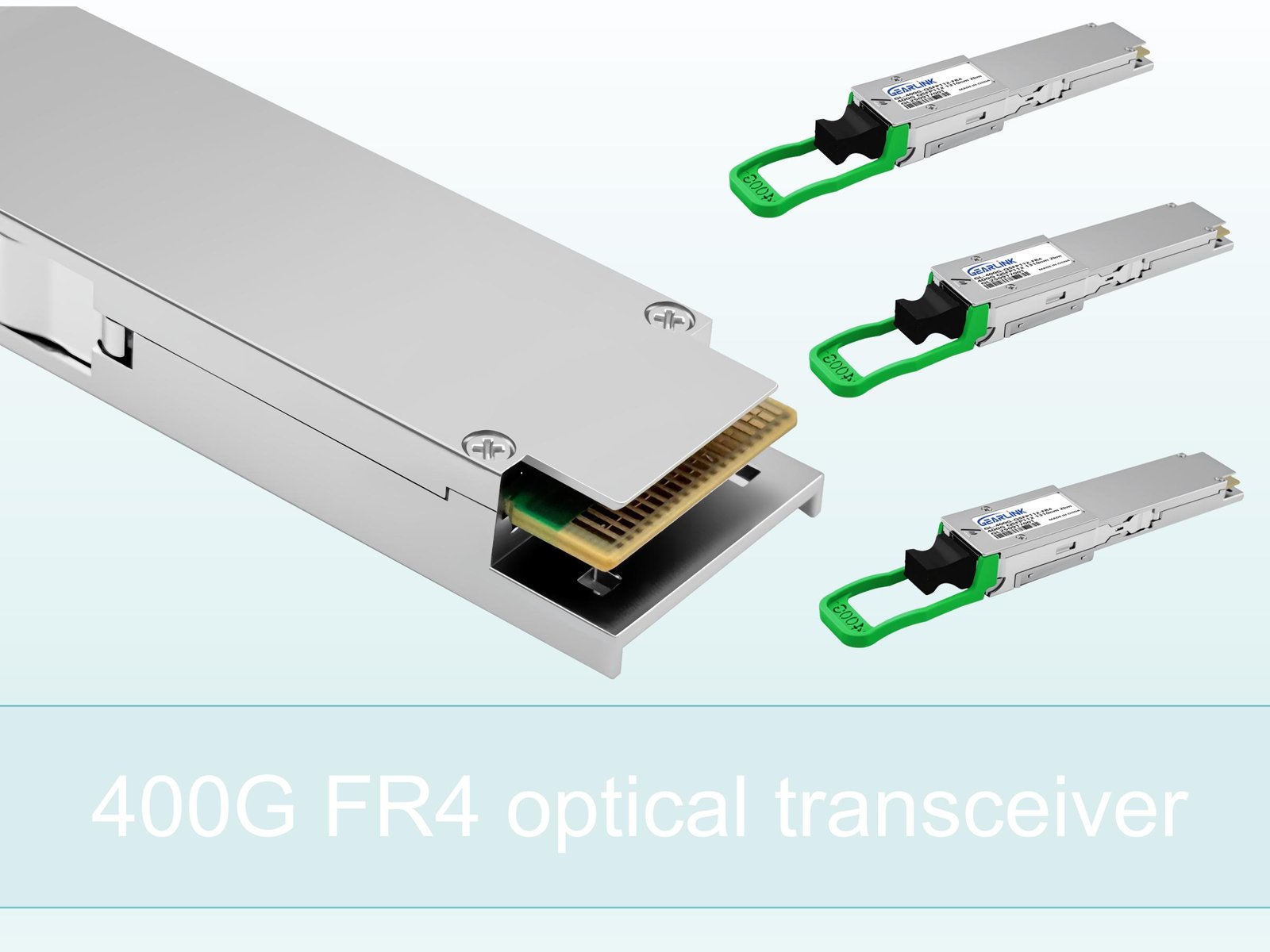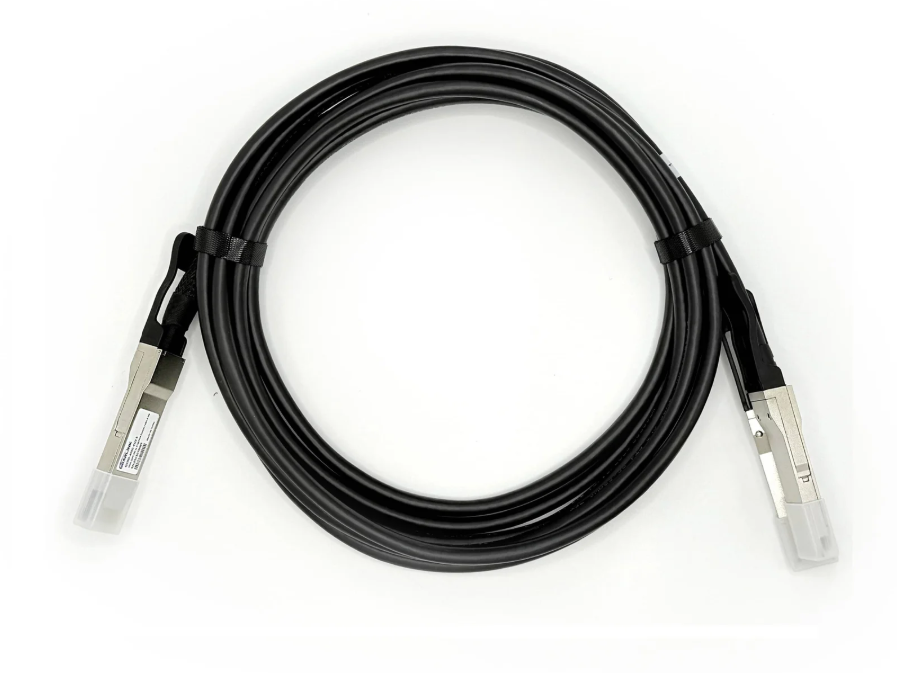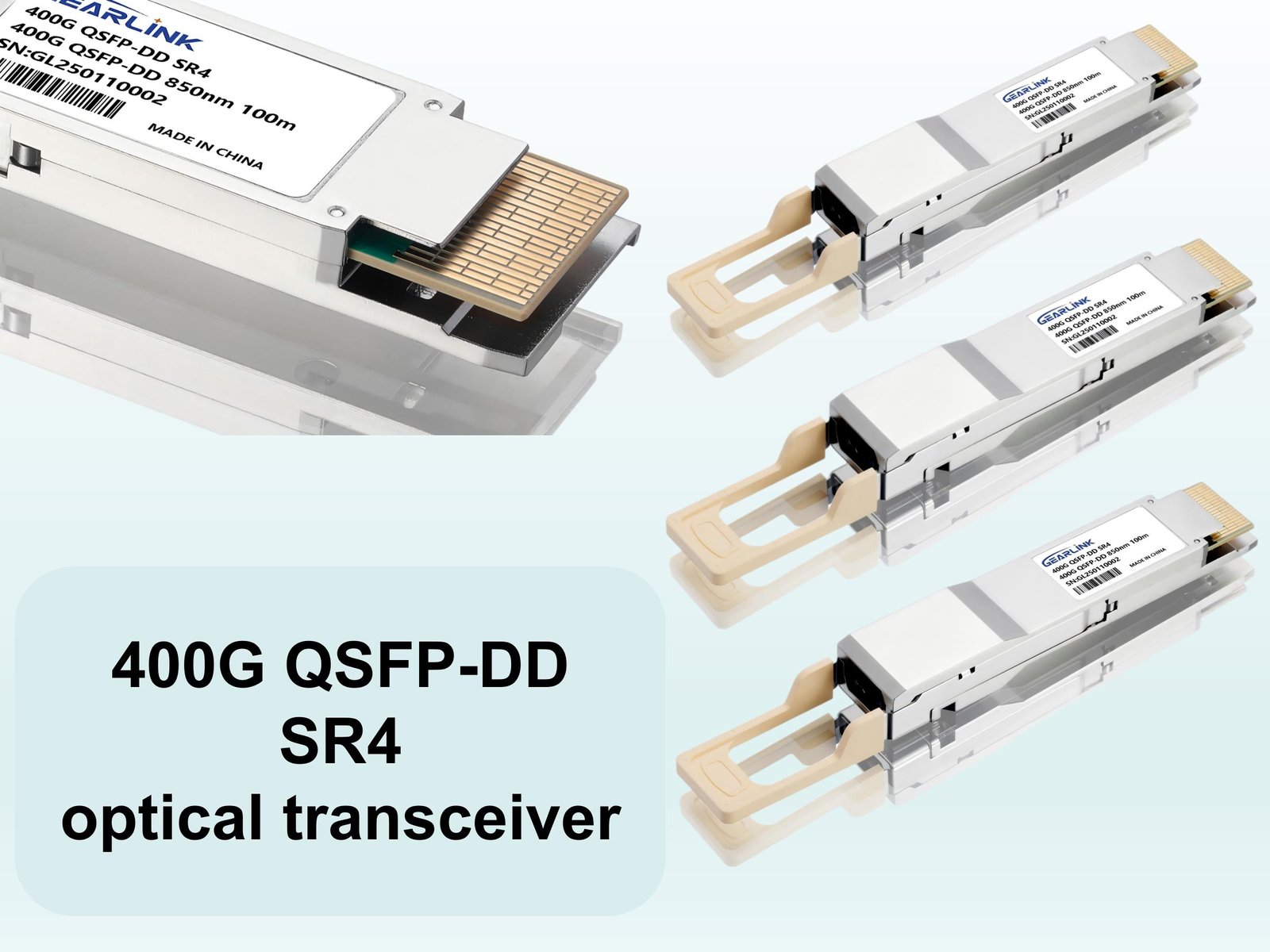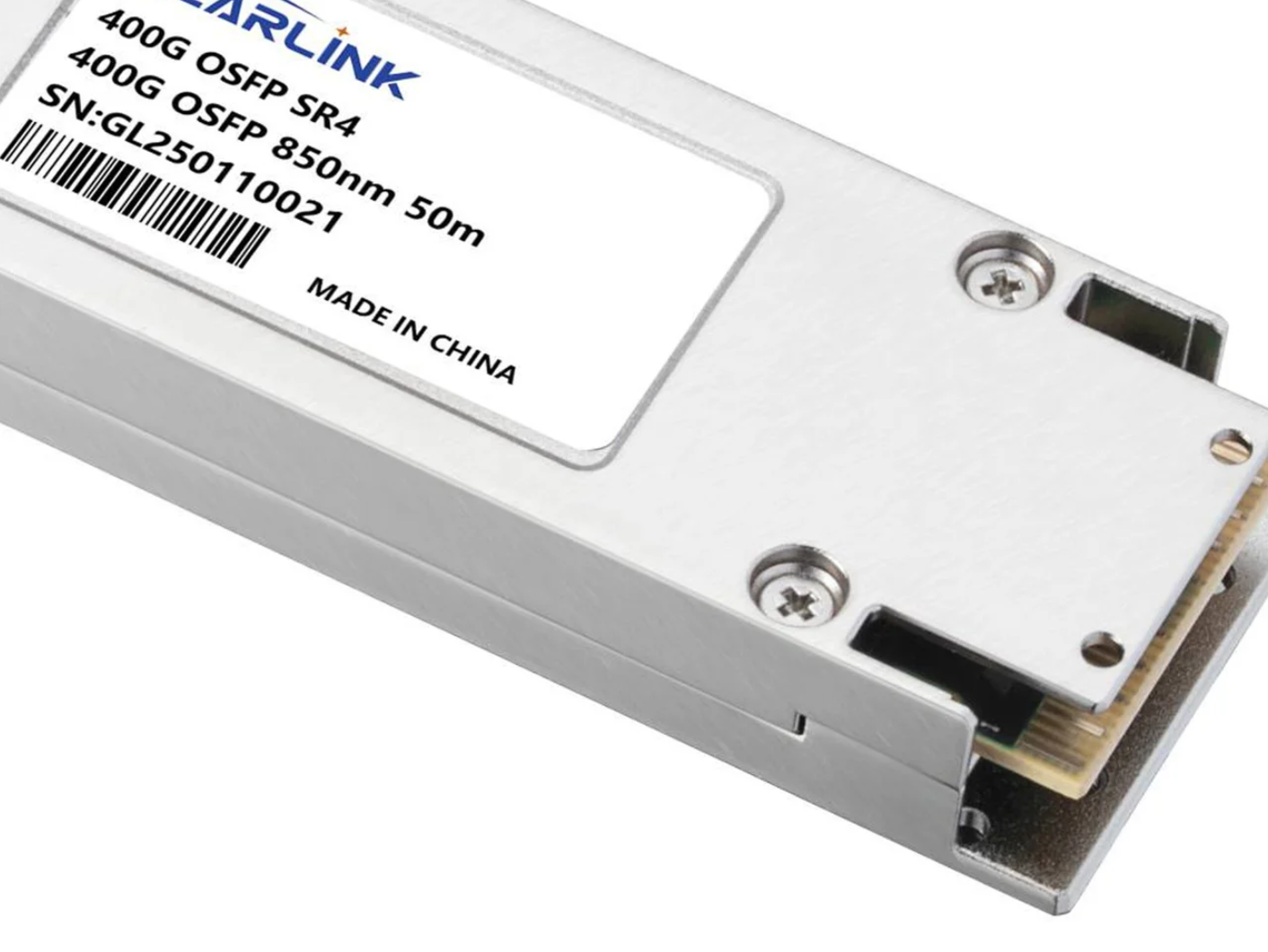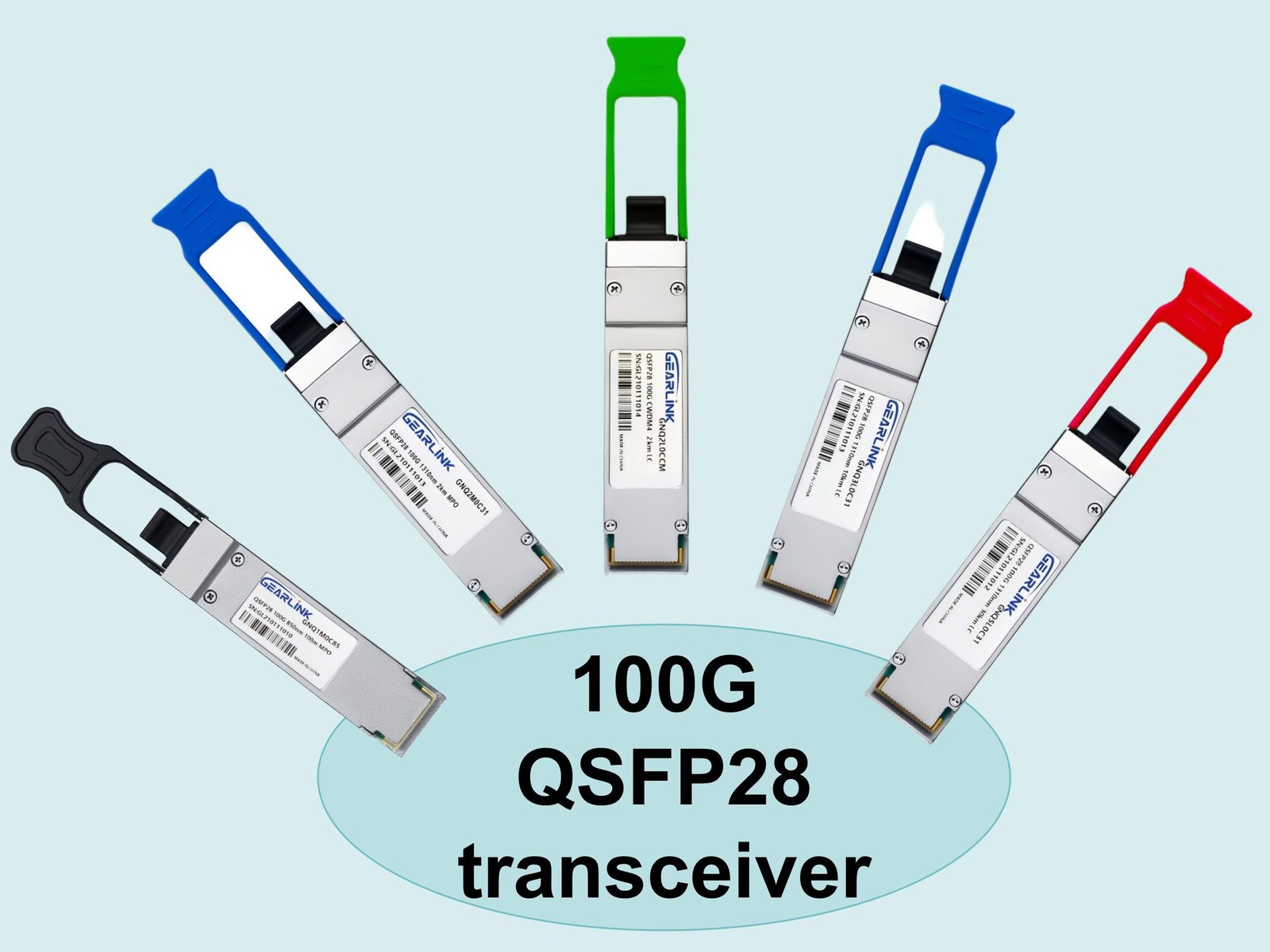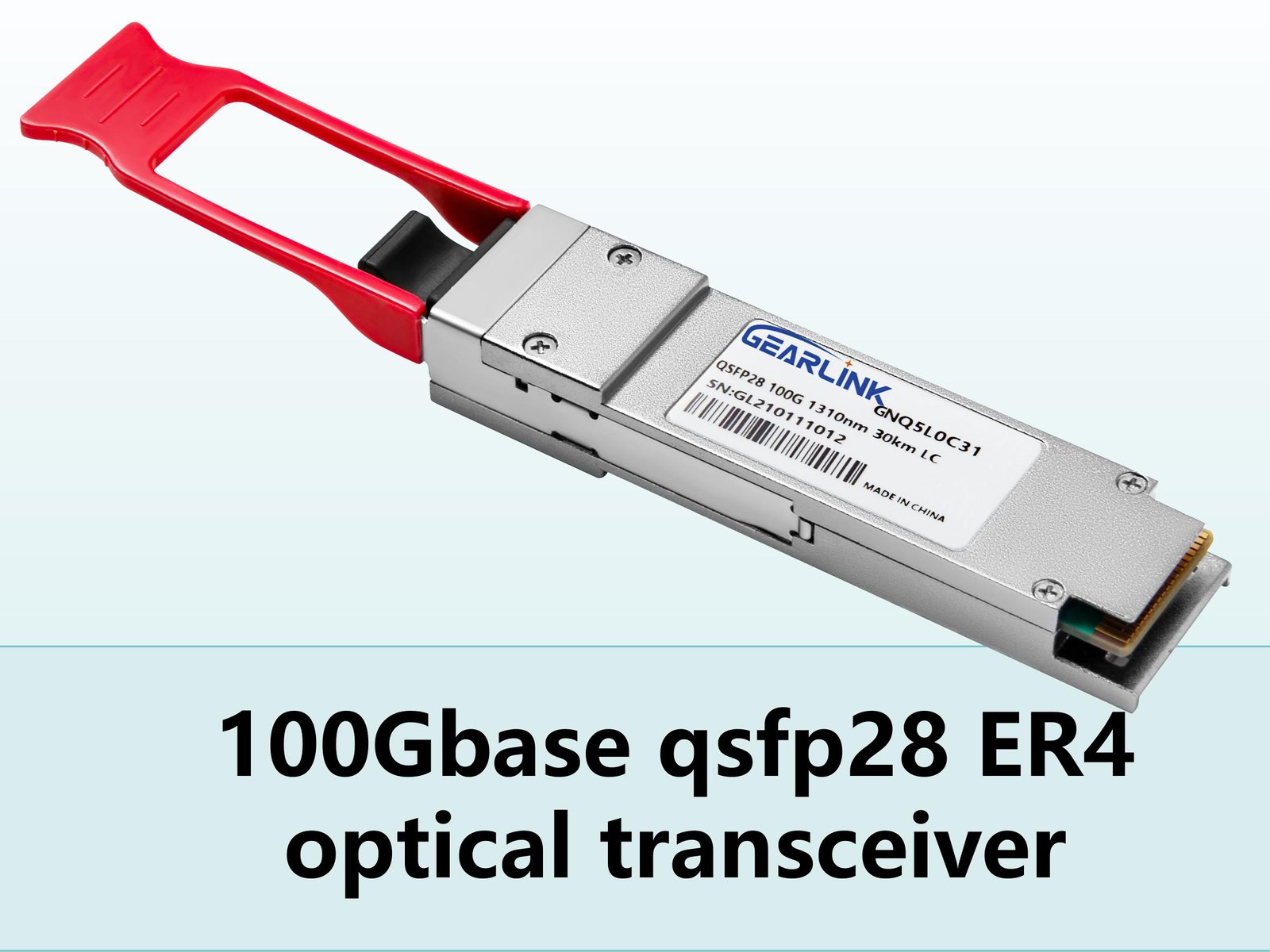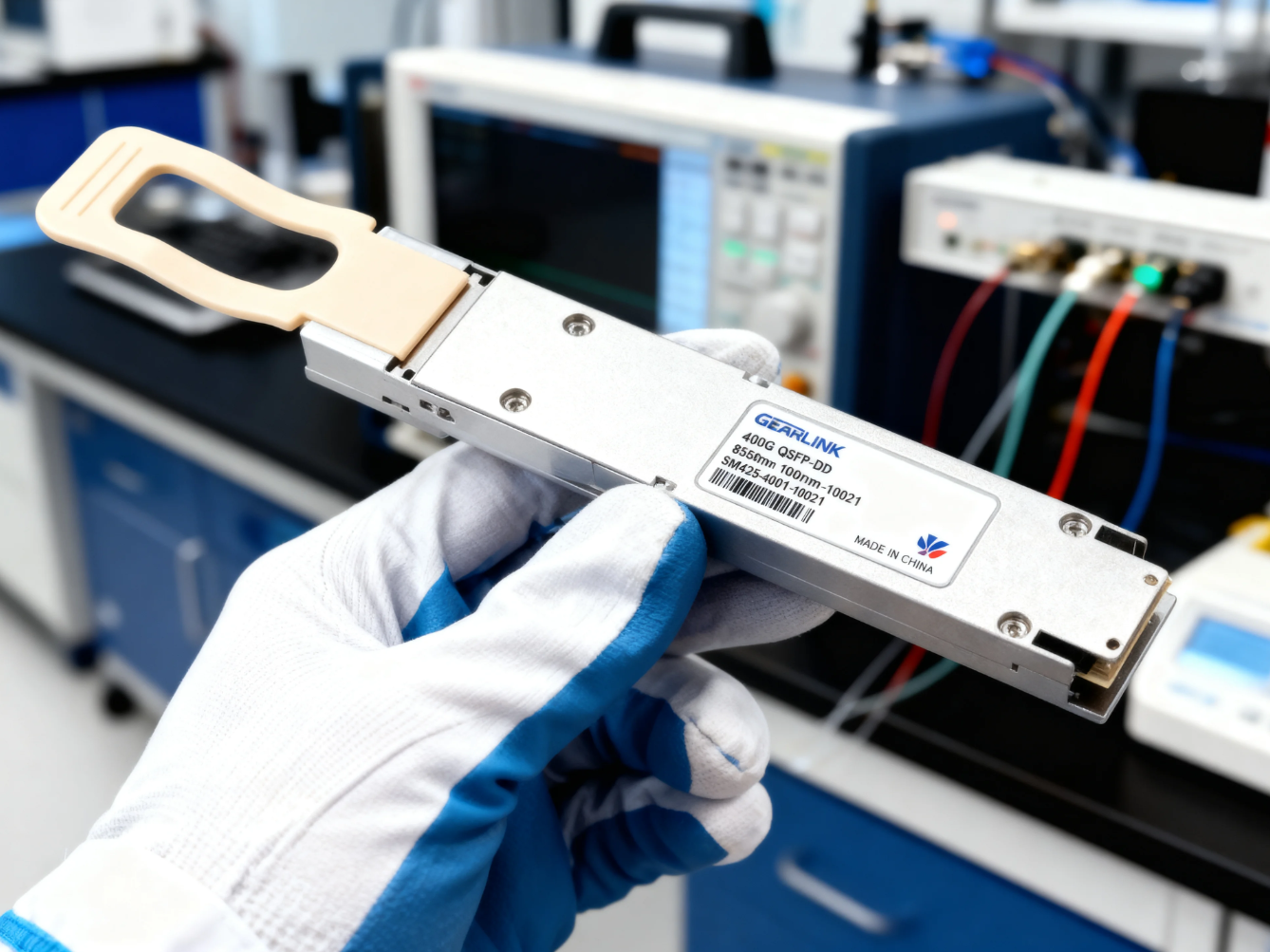Introduction to 400G FR4
The demand for high-speed connectivity has pushed data centers to adopt 400G FR4 transceivers. These optical modules support 400GBASE FR4 standards and comply with the 400G FR4 MSA (Multi-Source Agreement), ensuring interoperability across vendors. In simple terms, a 400G FR4 transceiver is designed for reliable and cost-effective 400 Gigabit Ethernet transmission over single-mode fiber (SMF) using 4 parallel optical channels.
By combining advanced PAM4 modulation, wavelength multiplexing, and low insertion loss connectors, 400G FR4 modules enable long-distance data transfer with efficiency and speed.
What Is 400G FR4?
The 400G FR4 transceiver is an optical module defined by the IEEE 802.3bs standard. It operates on 4 optical lanes, each transmitting at 100G per lane, resulting in a total data rate of 400Gbps.
Wavelengths: 4 channels around 1310nm
Reach: Up to 2 km over duplex LC single-mode fiber
Form Factors: Commonly QSFP-DD and OSFP
Connector: LC/UPC duplex connector
This design makes 400GBASE FR4 modules highly efficient for short-to-medium reach data center interconnects.
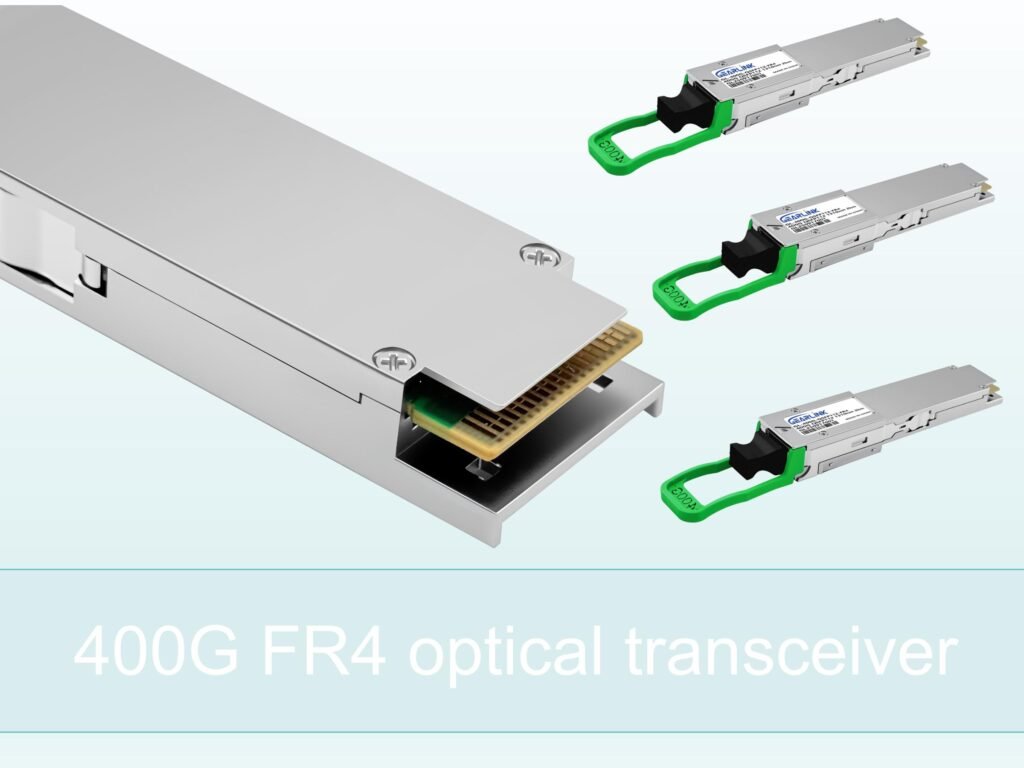
Key Features of 400G FR4 Transceivers
| Feature | Specification (400G FR4) | Benefit to Data Centers |
| Data Rate | 400Gbps (4×100Gbps) | High bandwidth per link |
| Modulation | PAM4 | Efficient signal encoding |
| Transmission Distance | Up to 2 km (SMF) | Suitable for campus/data center links |
| Wavelength Range | 1310nm CWDM | Stable and cost-effective |
| Connectors | LC duplex | Widely adopted |
| Compliance | 400GBASE FR4 MSA, IEEE 802.3bs | Multi-vendor support |
400GBASE FR4 vs. Other 400G Standards
| Standard | Lanes | Distance | Fiber Type | Typical Use Case |
| 400G SR8 | 8×50G | 100m | MMF | Short-reach inside racks |
| 400G DR4 | 4×100G | 500m | SMF | Rack-to-rack |
| 400G FR4 | 4×100G | 2 km | SMF | Campus and inter-data center |
| 400G LR8 | 8×50G | 10 km | SMF | Metro and telecom links |
From the table, 400G FR4 stands out as a cost-efficient and longer-reach solution compared to SR and DR standards, while still being more affordable than LR modules.
The Role of 400G FR4 MSA
The 400G FR4 MSA plays an important role by defining optical specifications that guarantee compatibility between modules from different vendors. This agreement allows customers to deploy 400GBASE FR4 solutions with confidence, knowing that modules will interoperate in multi-vendor environments.
Because of this standardization, data centers can scale their infrastructure without vendor lock-in, which lowers operational costs.
Applications of 400G FR4
1. Data Center Interconnect (DCI)
400G FR4 is widely used to connect multiple data centers within a campus or across short metro distances.
2. Cloud Computing Networks
Hyperscale cloud providers rely on 400GBASE FR4 modules to support massive workloads and data replication.
3. AI and Machine Learning Infrastructure
With increasing AI training workloads, 400G FR4 transceivers provide the necessary throughput for GPU clusters and high-performance computing (HPC).
4. Enterprise Networks
Large enterprises adopt 400G FR4 modules to support next-generation applications like 5G backhaul and large-scale video streaming.
Advantages of 400G FR4
High Density – Offers 400Gbps in a compact QSFP-DD or OSFP form factor.
Cost-Effectiveness – Compared to LR4, 400GBASE FR4 has lower cost for up to 2 km reach.
Flexibility – Supported by 400G FR4 MSA, ensuring interoperability.
Energy Efficiency – Lower power consumption per Gbps compared to multiple 100G links.
Scalability – Designed to support future upgrades toward 800G or beyond.
Future of 400G FR4
As the need for 800G transceivers emerges, 400G FR4 will continue to serve as a critical backbone for existing networks. Its balance of performance and cost ensures that it remains an important standard for years to come.
Conclusion
The 400G FR4 optical transceiver—also known as 400GBASE FR4—is a reliable, cost-effective, and standardized solution for modern data center networks. Backed by the 400G FR4 MSA, it offers seamless interoperability, efficient performance, and scalability for the future.
For enterprises and cloud providers looking for high-speed connectivity, 400G FR4 remains one of the most powerful and future-ready options available today.
FAQ
Q1: What is a 400G FR4 transceiver?
A 400G FR4 transceiver is an optical module that delivers 400Gbps using 4 wavelengths over single-mode fiber, supporting 400GBASE FR4 standards.
Q2: How far can 400GBASE FR4 modules transmit?
400GBASE FR4 transceivers typically support up to 2 km reach over duplex LC SMF, making them ideal for campus and inter-data center connections.
Q3: What is the difference between 400G FR4 and 400G DR4?
While both use single-mode fiber, 400G DR4 supports only 500m, whereas 400G FR4 reaches 2 km. This makes FR4 more suitable for medium-distance interconnects.
Q4: Why is the 400G FR4 MSA important?
The 400G FR4 MSA ensures interoperability between different vendors’ transceivers, reducing cost and avoiding vendor lock-in.
Q5: What applications use 400GBASE FR4 modules?
400GBASE FR4 modules are used in data centers, AI clusters, cloud networks, and enterprise backbones where high-speed and cost-effective connectivity is required.
